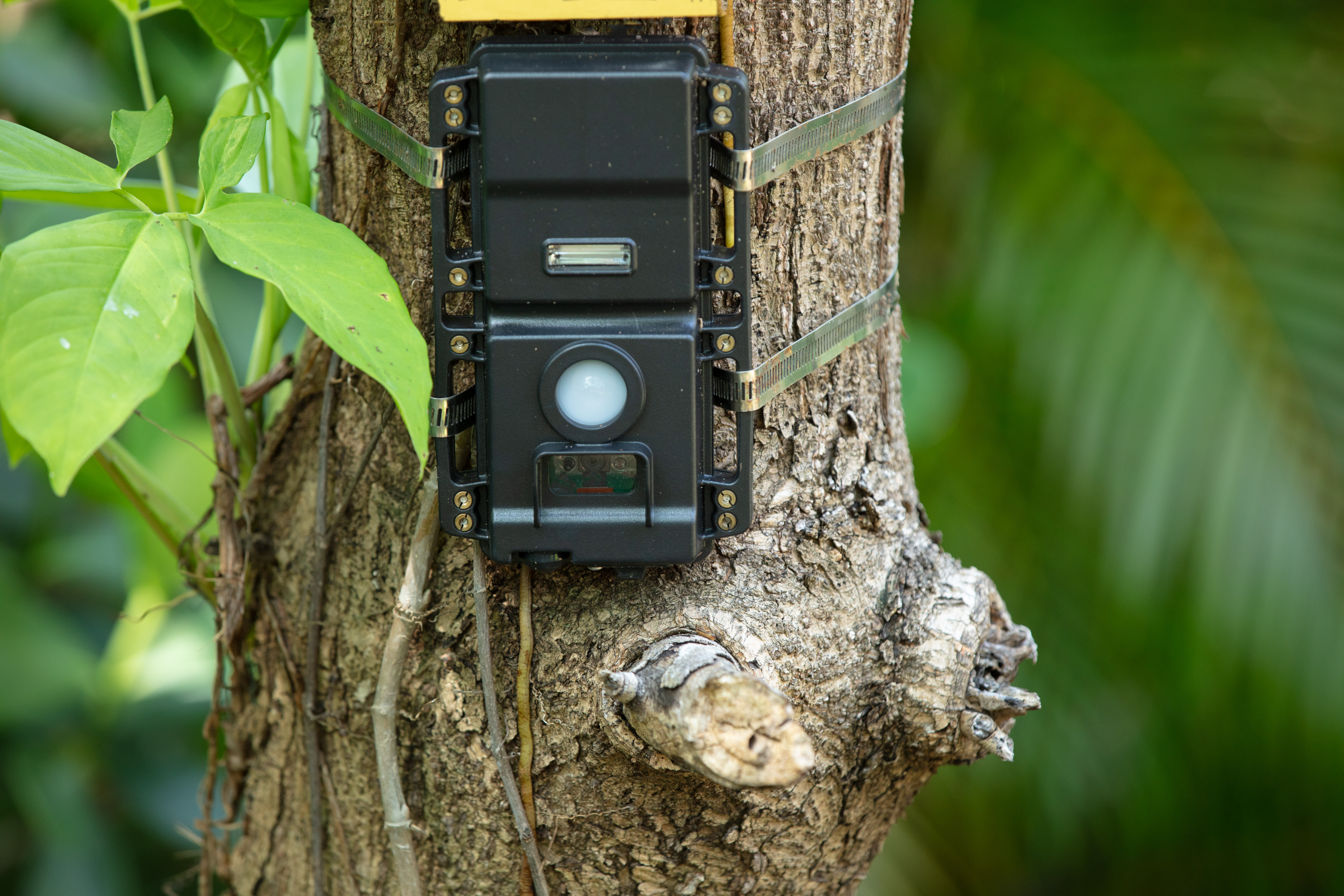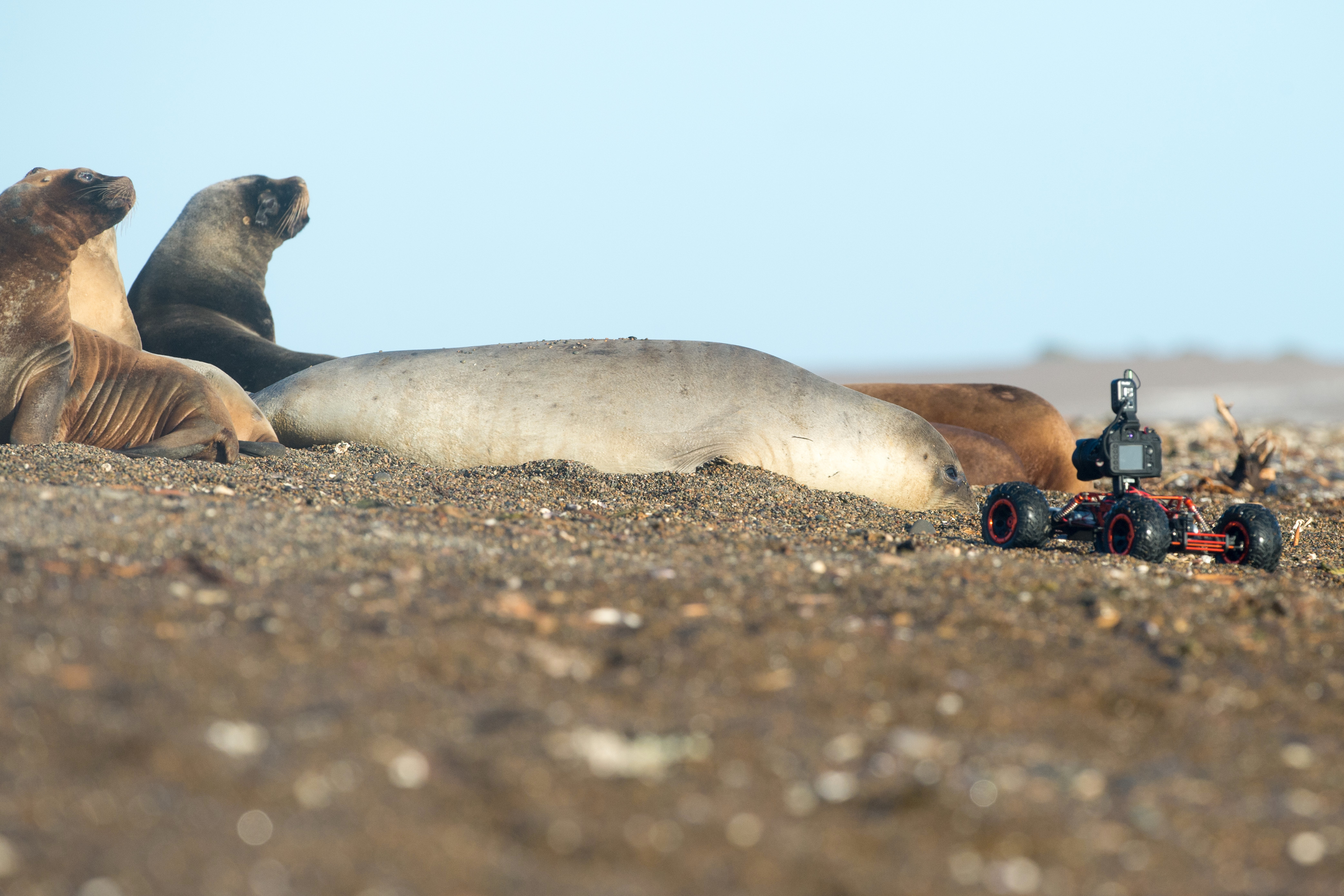Connecting People and Planet: Exploring Digital Innovation in Wildlife Conservation for World Wildlife Day 2024
Originally published by the CITES Secretariat here
Geneva, 24 November 2023 — We find ourselves in the midst of a global digital transformation. With two thirds of the world’s population online in 2023—already a 45 per cent increase from five years ago—the ways in which we connect with each other and with our planet are evolving. Digital technologies are being incorporated into many facets of wildlife conservation and trade and our everyday lives and have become an integral part of achieving the 2030 Sustainable Development Goals (SDGs).
Better connectivity is helping equip people of all ages, genders and local conditions with job-ready digital skills (SDG 4 and SDG 8). Indigenous and women-led initiatives are finding ways to use technology that suits ecosystems needs, local conditions and their own livelihoods (SDG 5 and SDG 10). Digital financial systems and services are expanding “financial inclusion” – connecting individuals and organizations to sustainable financial means to generate income and accomplish their conservation goals (SDG 1). Electronic CITES permitting systems are helping prevent fraud in the illegal trade in animals and plants. Meanwhile, by innovating technologies that make research and communication more data-driven and efficient, we can more easily share information and identify, monitor, photograph and track aquatic and terrestrial wildlife populations at scale and improve the sustainability of fishing and agricultural practices to benefit people and planet (SDG 14 and SDG 15).
Yet around 2.7 billion people of our global population are still not connected to the Internet. On average, only 36 per cent of people in the least developed countries and landlocked developing countries are online. Women are less likely than men to use mobile Internet across low- and middle-income countries, and the global COVID-19 pandemic has expanded the existing youth digital skills gap. Digital technologies are sometimes used detrimentally, for example, in the illegal sale of protected species on the Internet. There is a need to mobilize new commitments to ambitious policy and funding approaches that unite civil society, the technology industry, conservationists and traders toward sustainable adaptation and preservation of nature in this digital age (SDG 17).
The Secretariat of the Convention on International Trade in Endangered Species of Wild Fauna and Flora (CITES) has announced the theme of the United Nations World Wildlife Day 2024 (#WWD2024): “Connecting People and Planet: Exploring Digital Innovation in Wildlife Conservation.”

Under this theme, World Wildlife Day 2024 will aim to raise awareness about the latest applications of digital technologies in wildlife conservation and trade and about the impact of digital interventions on ecosystems and communities around the world. The celebrations will explore digital innovation and highlight how digital technologies and services can drive wildlife conservation and human-wildlife coexistence, now and for future generations in an increasingly connected world.
CITES Secretary-General Ivonne Higuero said: “Ensuring digital inclusion for all, including the most vulnerable, involves bridging financial gaps to build equitable access to conservation tools and technologies, strengthening digital capacity-building and considering the impacts on all communities and ecosystems. On the path to achieving universal connectivity by 2030, we hope World Wildlife Day 2024 will facilitate fruitful exchanges and reflection on how we envision digital connectivity in wildlife conservation and trade benefitting planet and people sustainably.”
Organized with partner organizations such as the United Nations Development Programme (UNDP), International Fund for Animal Welfare (IFAW), Jackson Wild and others, the World Wildlife Day 2024 celebrations will seek to provide a platform for intergenerational exchange and youth empowerment, offer balanced perspectives and experiences with digital innovation in the field of wildlife conservation and trade, and inspire forward-looking innovation through captivating multimedia experiences.

This includes a series of global online activities, such as the Jackson Wild World Wildlife Day Showcase and IFAW World Wildlife Day Youth Art Contest, which will culminate in a high-level event for World Wildlife Day 2024 on Monday, 4 March 2024 (the day after World Wildlife Day itself on 3 March).
In line with the UN General Assembly Resolution proclaiming World Wildlife Day, the CITES Secretariat calls on all member States and organizations of the United Nations system and other global, regional and sub-regional organizations, non-governmental organizations and all interested individuals, to:
- observe and raise awareness of the theme for World Wildlife Day 2024;
- organize local World Wildlife Day celebrations in accordance with the 2024 theme;
- involve indigenous peoples, local communities and youth with experience and knowledge in wildlife conservation and trade in all World Wildlife Day 2024 events and celebrations;
- make use of the World Wildlife Day logos and 2024 outreach material (coming soon) as widely as possible.
Updates and information about the celebrations will be ongoing and communicated via the World Wildlife Day website (launching soon) and social media channels.
Editor’s Notes:
For enquiries, please contact [email protected]
About the United Nations World Wildlife Day
On 20 December 2013, the 68th session of the United Nations General Assembly proclaimed 3 March as World Wildlife Day to celebrate and raise awareness of the world’s wild fauna and flora. The date is the day of the signature of the Convention on International Trade in Endangered Species of Wild Fauna and Flora (CITES) in 1973. World Wildlife Day has become the most prominent global annual event dedicated to wildlife.
For more information, follow World Wildlife Day on:
- Flickr (photo gallery)
- X (formerly Twitter)
About CITES
The Convention on International Trade in Endangered Species of Wild Fauna and Flora (CITES) was signed on 3 March 1973 and entered into force on 1 July 1975. With 184 Parties (183 countries + the European Union), it remains one of the world's most powerful tools for wildlife conservation through the regulation of international trade in over 40,900 species of wild animals and plants. CITES-listed species are used by people around the world in their daily lives for food, health care, furniture, housing, tourist souvenirs, cosmetics or fashion. CITES seeks to ensure that international trade in such species is sustainable, legal and traceable and contributes to both the livelihoods of the communities that live closest to them and to national economies for a healthy planet and the prosperity of the people in support of UN Sustainable Development Goals.
Follow CITES on social media:
Find out more: cites.org/eng